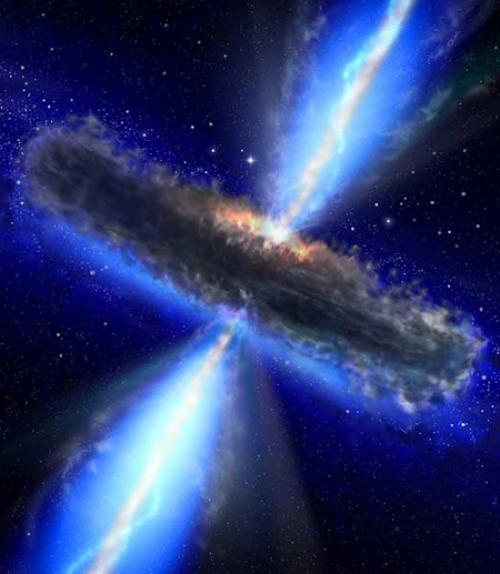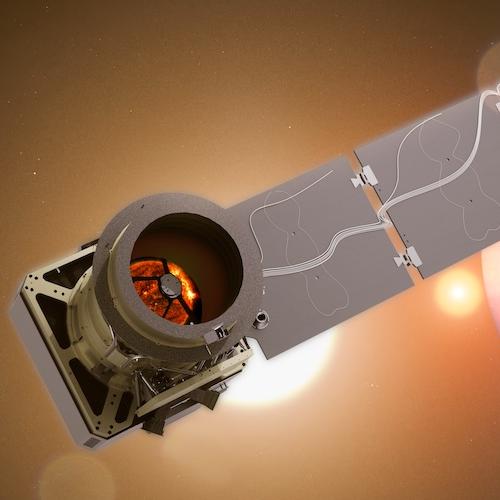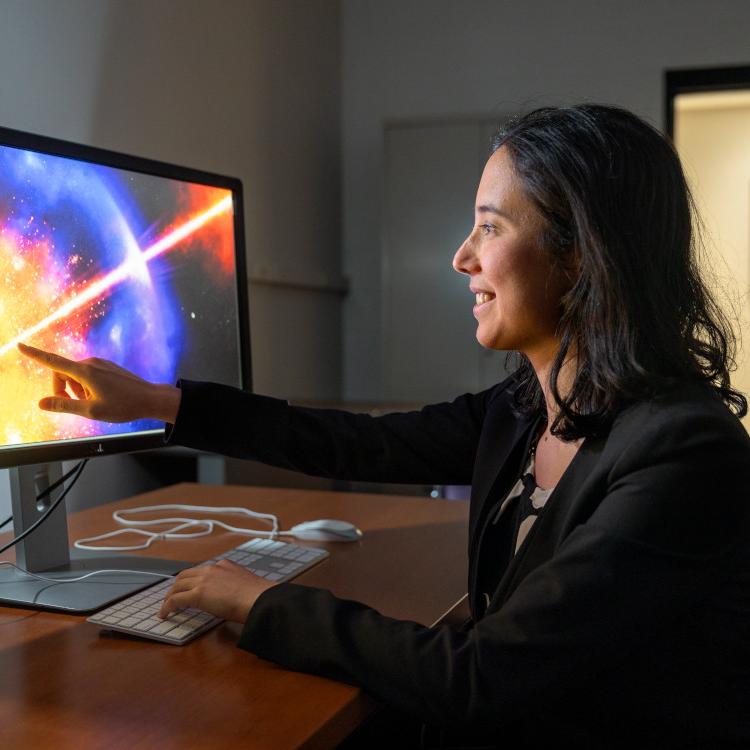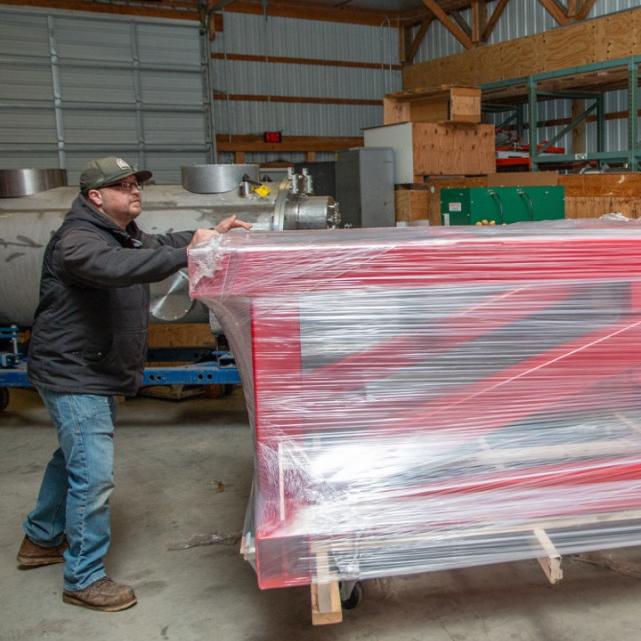
 Department Homepage
Department Homepage
Stars and population stats
Cornell Research's newest enstallment of academician features takes a look at Astronomy research associate Thomas Nikola, and Developmental Sociology research assistant and lecturuer Sarah C Giroux. Both faculty incorporate active research studies in evolving fields into their teaching, bringing academic excellence to their fields.




